
Sports & Exercise Medicine & Health (MH)
State-of-the-Art Perspectives on Tissue Injury: Tendinopathy, Muscle Injury and Tendon Rupture
04.04.2025, 14:00 CEST
Tissue injuries, including tendinopathy, muscle injuries and tendon ruptures, remain significant challenges in both sports medicine and clinical practice. Despite advances in our understanding of these conditions, optimal treatment strategies and preventive measures continue to evolve. This webinar will bring together leading experts to provide an up-to-date overview of current research, clinical insights and emerging therapeutic approaches.
Key topics will include the latest evidence on the pathophysiology of tissue injuries, highlighting the molecular and biomechanical factors influencing injury development and healing. Additionally, speakers will explore state-of-the-art treatment modalities, ranging from rehabilitation protocols and load management to regenerative medicine approaches. Preventive strategies aimed at mitigating injury risk in athletes and physically active individuals will also be discussed.
This session is designed for sports scientists, medical doctors and physiotherapists, offering a comprehensive understanding of tissue injury mechanisms and their clinical implications. Through three expert-led presentations followed by a panel discussion, attendees will gain valuable insights into both current best practices and future directions in injury management.
We look forward to an engaging and insightful discussion that will contribute to advancing the field of sports medicine and rehabilitation.
Chaired by
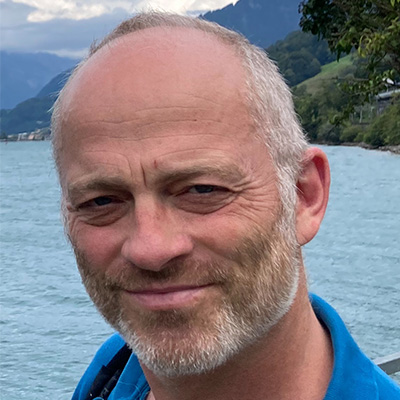
Assoc Prof Christian Couppé, PT, PhD
Copenhagen University
Department of Clinical Medicine
Denmark
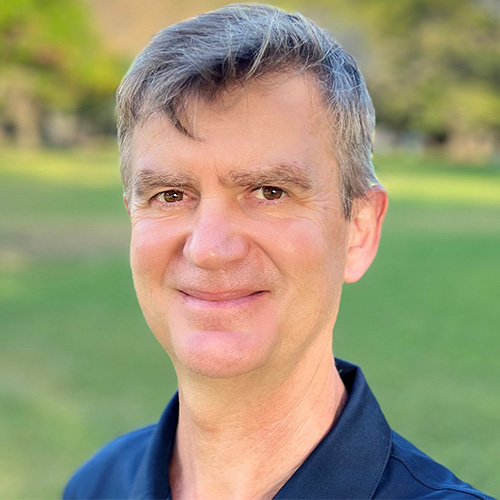
Prof Markus Gruber, PhD
University of Konstanz
Department of Sport Science
Germany
Speakers
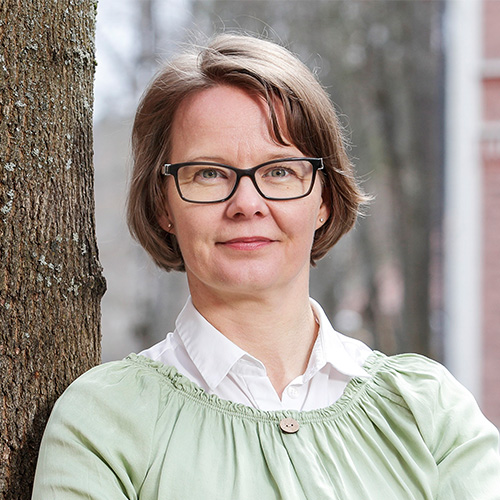 Prof Taija Finni, PhD
Prof Taija Finni, PhDUniversity of Jyväskylä
Faculty of Sport and Health Sciences
Neuromuscular Research Center
Finland
"Achilles Tendon Rupture"
A complete Achilles tendon rupture is a total discontinuity of the fibers of the Achilles tendon (AT). Ruptures are often mid substance complete ruptures, but muscululotendon junction and insertional ruptures also exist. Partial tears are less common. Ruptures occur typically during sports activities where high forces appear. The assaulting event often involves calf muscle lengthening with high muscle activity when ankle reaches dorsiflexion. For acute AT rupture, both surgical and non-surgical treatment are effective. Currently, surgical treatment considers AT to be one single tendon, although it comprises of three subtendons arising from the soleus and medial and lateral gastrocnemius muscles. New surgical techniques are being developed where soleus and gastrocnemii muscles are sutured separately. Considering the subtendon lengths in healthy tendon can guide surgical procedures. In the near future, surgical decision-making may incorporate information on the individual AT twist.
After immediate immobilization in dorsiflexion, early functional rehabilitation protocols show good results. One major focus of research has been on tendon elongation, referring to a longer tendon in the ruptured leg. Elongation is to be avoided due to its detrimental influences on calf muscle function in long term. In heel rise, the calf muscle fascicle shortening is associated negatively with the tendon elongation. This means that with longer tendon, muscles can do less work. However, tendon elongation can improve during the first year after rehabilitation. Optimal progression calls for criteria-based rehabilitation milestones that are currently missing. The talk will include results from a prospective NoARC-trial (NCT03704532).
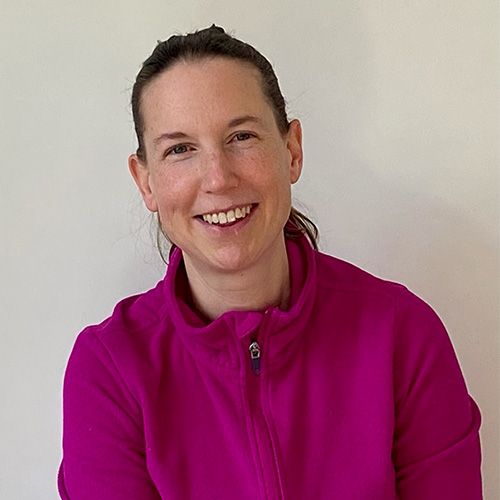 Monika Lucia Bayer, PhD, Senior Researcher
Monika Lucia Bayer, PhD, Senior ResearcherInstitute of Sports Medicine Copenhagen
Denmark
"Muscle strain injuries: Translating basic science into practice"
Participation in sports is associated with a wide variety of health-related benefits. However, many popular types of sports such as soccer, (paddle) tennis and athletics are associated with a substantial injury risk. Muscle strain injuries are one of the most common injuries in recreational and elite sports. Structural muscle strain injuries, i.e. those injuries which cause a visible defect on an ultrasound image affect both the muscle and connective tissue, mainly the tendon (aponeurosis) and/or the fascia. While muscle tissue has a high regenerative capacity, the connective tissue and the interface between the muscle and the tendon/aponeurosis has a much poorer repair. Also, whether the highly complex interface between the muscle and the connective tissue (tendon/aponeurosis) is re-formed after a strain injury is doubtful and data suggest that there are permanent defects in the injured muscle-tendon junction.
Muscle strain injuries have a high re-injury rate and cause injury sequelae such as loss of muscle mass and fatty degeneration of the injured muscle. So how can (basic) science improve tissue healing, rehabilitation and in the end the athlete´s function in the future? Is it at all possible to bridge results from basic science all the way to the athlete? Does translational science work in the field?
These questions will be addressed in the talk and examples given from our own research where we combine in vitro 3D models with human muscle-derived and connective tissue-derived cells, tissue analysis from injured muscle, imaging modalities and functional tests with athletes to establish an integrative picture of strain injuries and the course of repair events post injury.
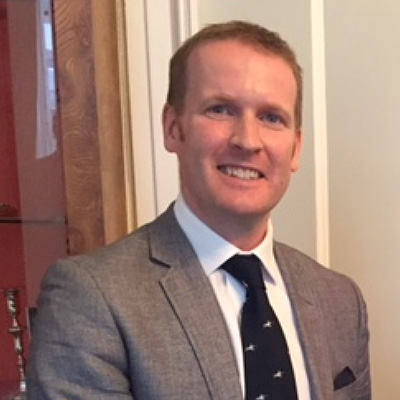 Prof Neal Millar, PhD FRCSEd (Tr&Orth)
Prof Neal Millar, PhD FRCSEd (Tr&Orth)MD Orthopedic Surgeon
University of Glasgow
Scotland, UK
"Transitional tendinopathy: are we there yet?"
Tendon disorders are common and lead to significant disability, pain, healthcare cost, and lost productivity. Tendinopathies remain one of the most common musculoskeletal conditions. Many tendinopathies are challenging to treat due to the limited number of rigorously validated treatment approaches, the multi-factorial nature of tendinopathies, and the influence of age, sex, comorbidities, and patient compliance tendon rehabilitation. Our growing understanding of tendinopathy's cellular and molecular basis has resulted in a tremendous opportunity to advance the clinical translation of several emerging therapies. Recent advances in conservative treatment options and biologics offer promising new means to enhance tendon rehabilitation and long-term clinical outcomes. However, a need exists to translate these novel findings into clinical practice. This talk will provide researchers and clinicians with an enhanced understanding of recent advances and unmet needs in tendinopathy treatment with a particlar focus on targeting immun mediated pathways in tendon disease.